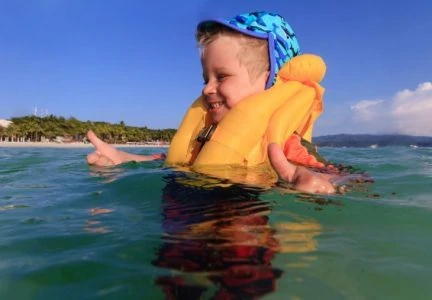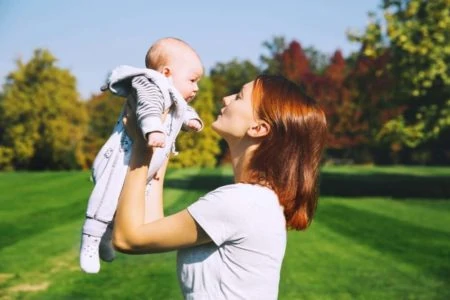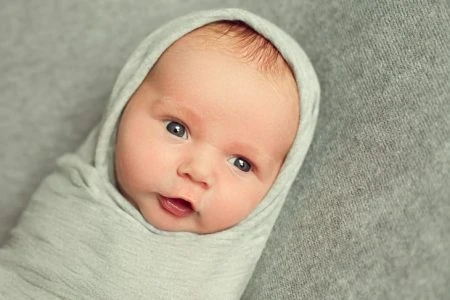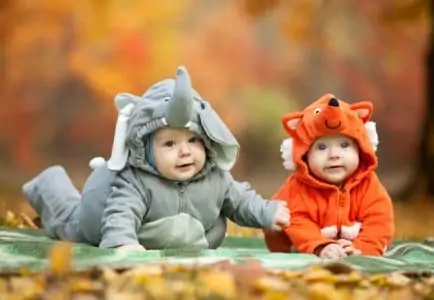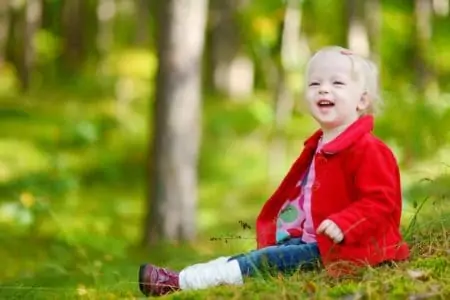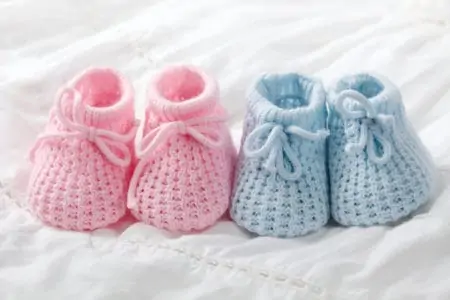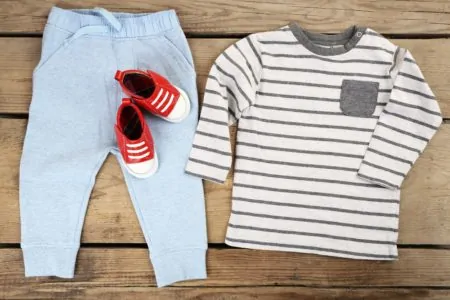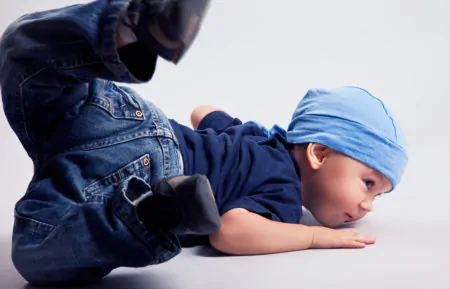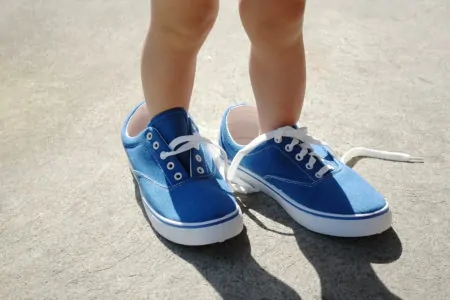Finding the balance between sun safety and heat relief doesn’t have to be stressful. We have gathered the essential tips for dressing your little one, whether you are hitting the beach, strolling the park, or settling in for a nap. Here is how to keep your baby safe and stylish all summer long.
Key Takeaways
- Prioritize fabric: Dress babies in breathable, lightweight natural fibers like cotton or linen; avoid synthetics that trap heat.
- Water safety: Use swim diapers for hygiene (they hold solids only) and water shoes to protect walkers from hot sand or rough surfaces.
- Sleep smart: Keep the nursery between 68-72°F and use low-TOG (0.5 to 1.0) sleep sacks or simple onesies to prevent overheating at night.
- Watch the signs: Monitor for red skin, rapid breathing, lethargy, or irritability, which indicate your baby is too hot and needs immediate cooling.
By the Water: Beach or Poolside
A beach day is a fantastic sensory experience for babies. The sand, the sound of waves, and the fresh air create wonderful memories. However, the combination of water reflection and direct heat requires specific gear.
You want items that dry quickly and offer maximum protection.
Swimwear and Rash Guards
Regular clothes get heavy when wet, which is dangerous and uncomfortable. You need dedicated swimwear. We recommend long-sleeved rash guards with built-in UPF protection. This reduces the amount of sunscreen you need to apply to their upper body.
Bathing suits come in countless styles, but functionality matters most. We love this Cuddle Club one-piece suit. It offers great coverage and comes in bright colors, which makes spotting your child easier.

Buying Tip: When choosing a swimsuit for a baby, look for a zipper (preferably at the front or bottom) for quick diaper changes. Wet swimsuits are notoriously hard to peel off a wiggly baby.
The Deal With Swim Diapers
Regular diapers are a disaster in the pool; they absorb water, become heavy anchor weights, and eventually explode. You need swim diapers.
You can find disposable options at any grocery store, or opt for reusable ones to save money. Here is what to look for:
- Snug fit: Elastic around the legs and waist must be tight enough to contain solids.
- Non-absorbent core: They are designed to let liquid pass through while catching the “mess.”
- Easy removal: Tear-away sides on disposables or side snaps on reusables are essential for messy changes.

Remember that swim diapers do not hold urine. Put them on right before your baby goes into the water to avoid puddles in the car seat or stroller.
Foot Protection
If your baby is cruising or walking, hot sand and concrete pool decks can burn their feet in seconds. Invest in a pair of water shoes with rubber soles. They provide grip on slippery surfaces and protect against sharp shells or rocks.
Safety First
Fun is the goal, but safety is the requirement. If you are near a pool, lake, or ocean, use proper flotation devices approved by the Coast Guard.
Important
Sun Protection Strategies
Baby skin is significantly thinner than adult skin, making it more susceptible to burns and heat rash.
Physical barriers are your first line of defense. Use a large umbrella or a pop-up beach tent to create a designated “cool zone.” Always have a wide-brimmed sun hat; we prefer those with a back flap (legionnaire style) to protect the neck and ears.

Sunscreen Smarts
For babies over 6 months, sunscreen is non-negotiable. Apply it 15 to 30 minutes before going outside and reapply every two hours.
Look for these specs on the bottle:
- Broad Spectrum: Protects against UVA (aging) and UVB (burning) rays.
- SPF 30 or higher: The American Academy of Pediatrics recommends this as a minimum.
- Mineral Active Ingredients: Look for Zinc Oxide or Titanium Dioxide. These sit on top of the skin rather than absorbing into it, which is better for sensitive baby skin.
- Water Resistance: Usually rated for 40 or 80 minutes.
If your baby is under 6 months, keep them in the shade as much as possible. If shade isn’t available, you can apply a tiny amount of mineral sunscreen to small exposed areas like the face and back of the hands (1).
Out and About
Whether you are running errands or heading to the park, stroller heat is a real concern. Strollers can become heat traps if not ventilated properly.
Dress your little one in loose shorts and a cotton T-shirt. Avoid layers. If you are babywearing, remember that your body heat counts as a layer for the baby, so dress them lightly.
Stroller Airflow
Many parents instinctively throw a blanket over the stroller to block the sun, but this cuts off airflow and raises the temperature inside dangerously high.
Instead, use a clip-on stroller fan and the stroller’s built-in canopy. If you need more coverage, buy a mesh sun cover designed specifically for airflow.

Buying Decision: When choosing stroller accessories, prioritize universal fits. A breathable muslin cloth clamped loosely can work in a pinch, but ensure air can circulate freely from the sides.
Footwear
For babies who aren’t walking yet, bare feet are best in summer. It helps them regulate their body temperature. If you want them to look dressed up, go for thin cotton socks, but checking their toes is a quick way to gauge if they are too hot.
Sleeping Attire
Nighttime anxiety about temperature is common. You want them cozy, but overheating is a risk factor for SIDS.
Room Temp: Aim for a nursery temperature between 68 and 72 degrees Fahrenheit. If you don’t have AC, use a fan to circulate air, but don’t point it directly at the baby.
The TOG System: Sleep sacks are rated by TOG (Thermal Overall Grade).
- 0.5 to 1.0 TOG: Ideal for summer nights (70-75°F).
- 2.5 TOG: Too hot for summer; save these for winter.
We love lightweight muslin sleeping bags. They mimic the security of a blanket without the suffocation risk.

If it is a sweltering night, a simple diaper and a short-sleeve onesie are perfectly acceptable. Touch your baby’s chest or back of the neck to check their temp. Hands and feet are naturally cooler and aren’t accurate indicators of body heat.
Cooler Days and Rain
Summer storms pop up quickly. Always keep a “just in case” kit in your diaper bag or car.
Pack a lightweight hoodie or a cotton cardigan. If the temperature drops after a storm, you can layer up.
For rain, a universal weather shield for your stroller is a lifesaver. It keeps the baby dry without you having to wrestle with umbrellas while pushing.

Buying Decision: Look for a rain cover with ventilation holes on the sides. Plastic shields can get steamy and hot inside very quickly if they are completely sealed.
FAQs
In Conclusion
Summer with a baby requires a little extra preparation, but don’t let the fear of heat keep you housebound. With the right fabrics, smart sun protection, and plenty of hydration, you can enjoy picnics, beach trips, and park days safely.Trust your instincts. If you feel hot, your baby is hot. Keep checking their temperature, stick to the shade, and enjoy soaking up the season with your little one.

